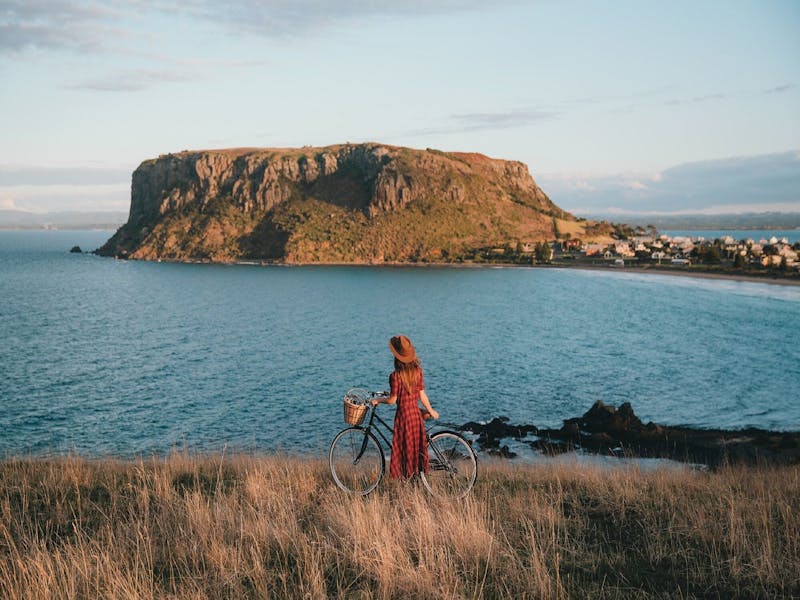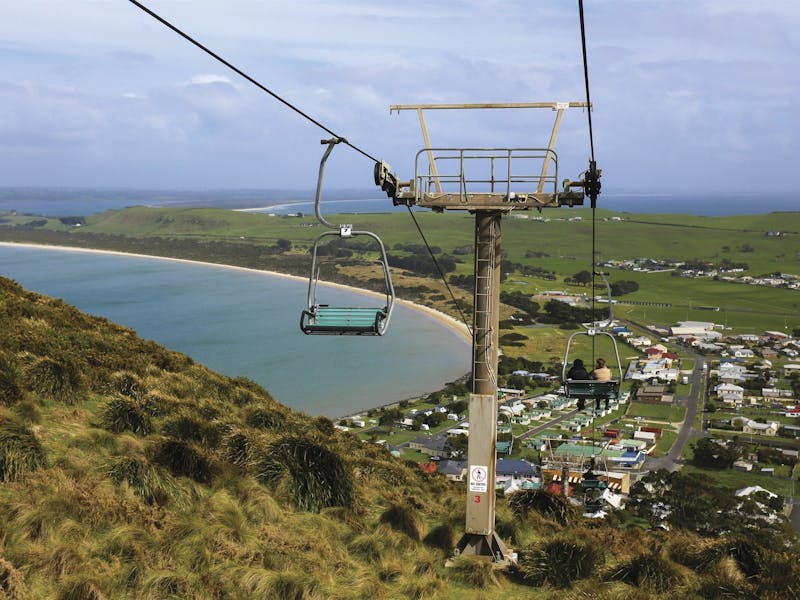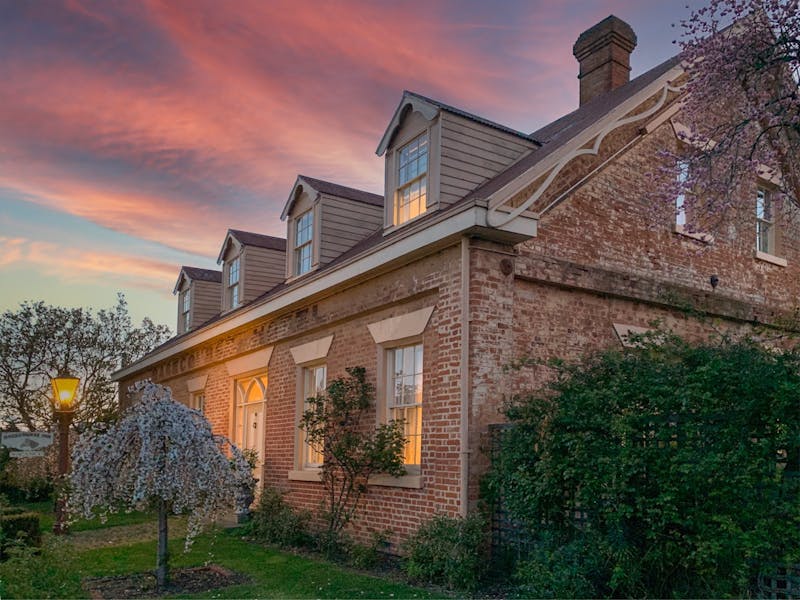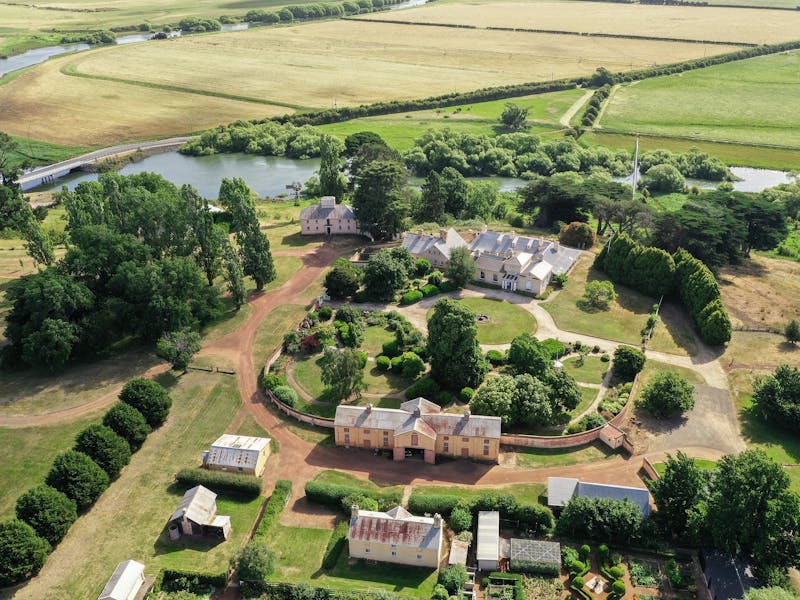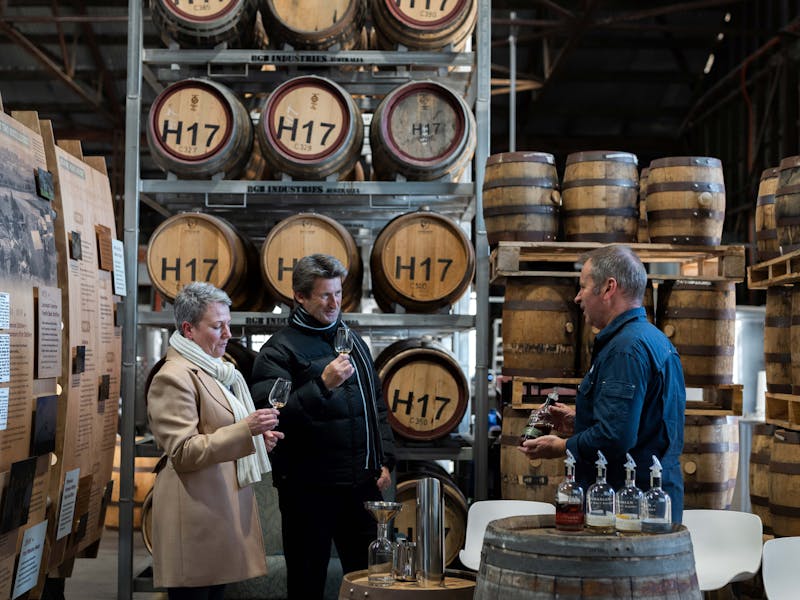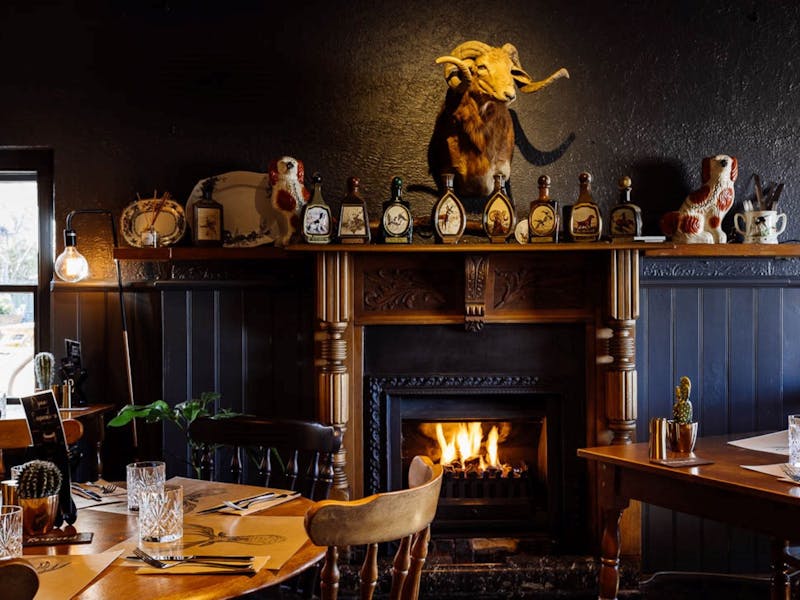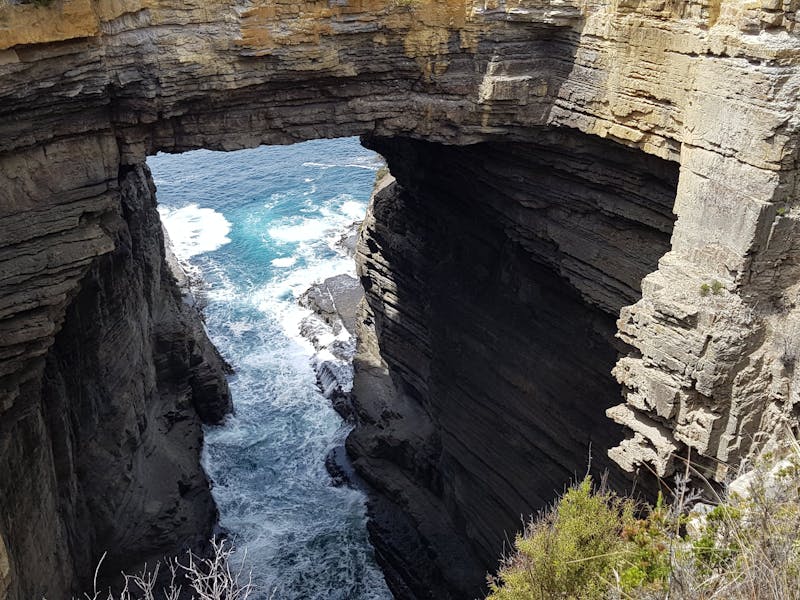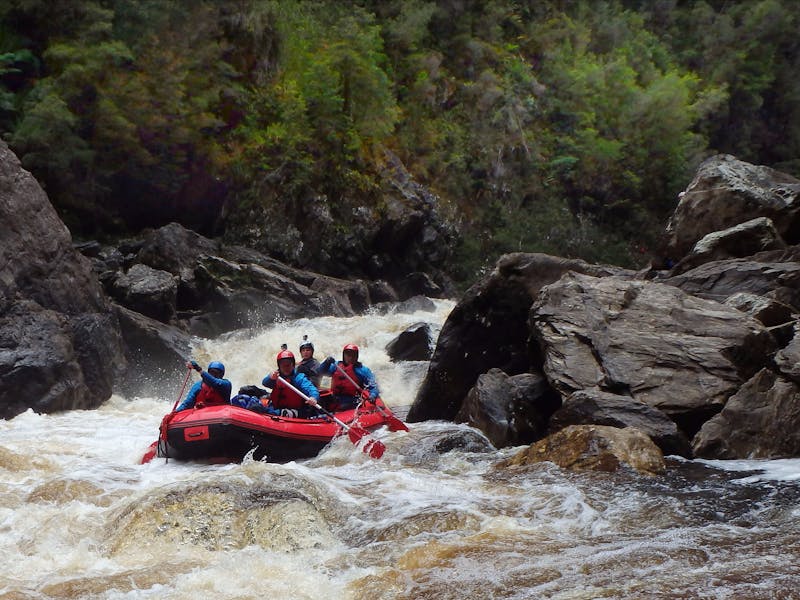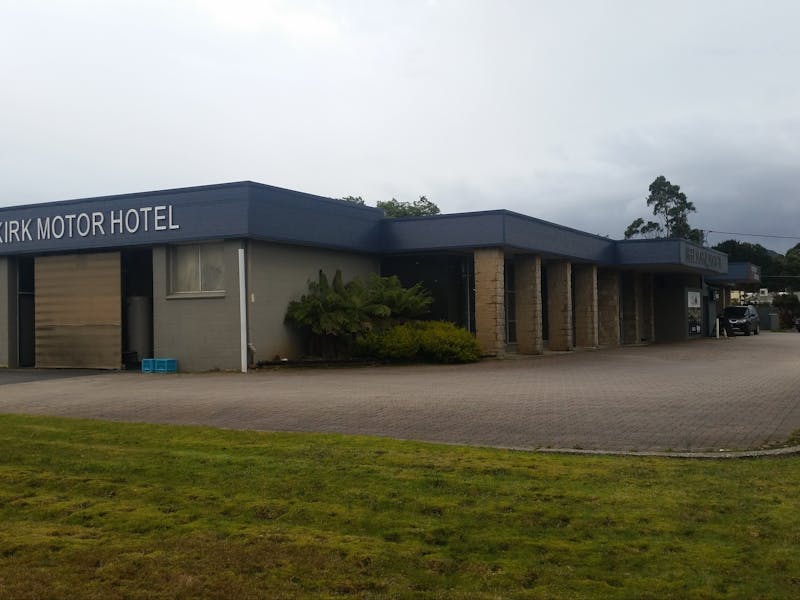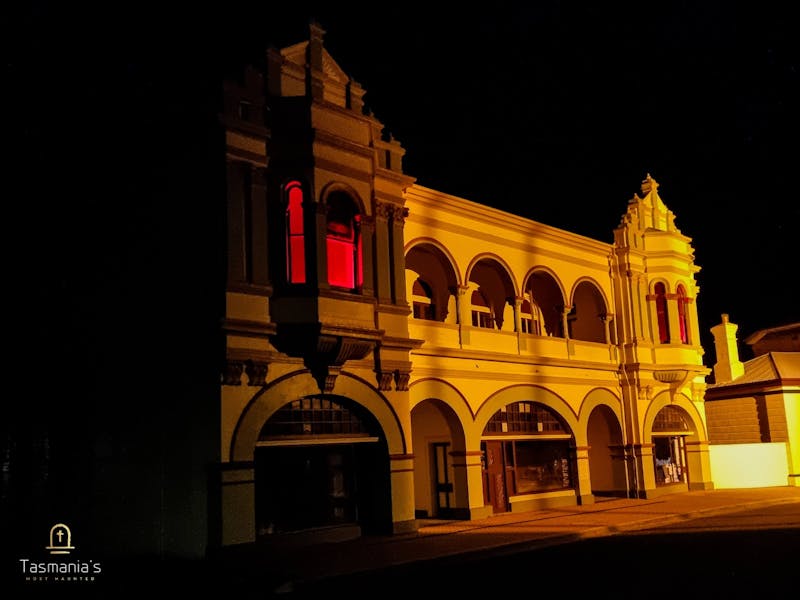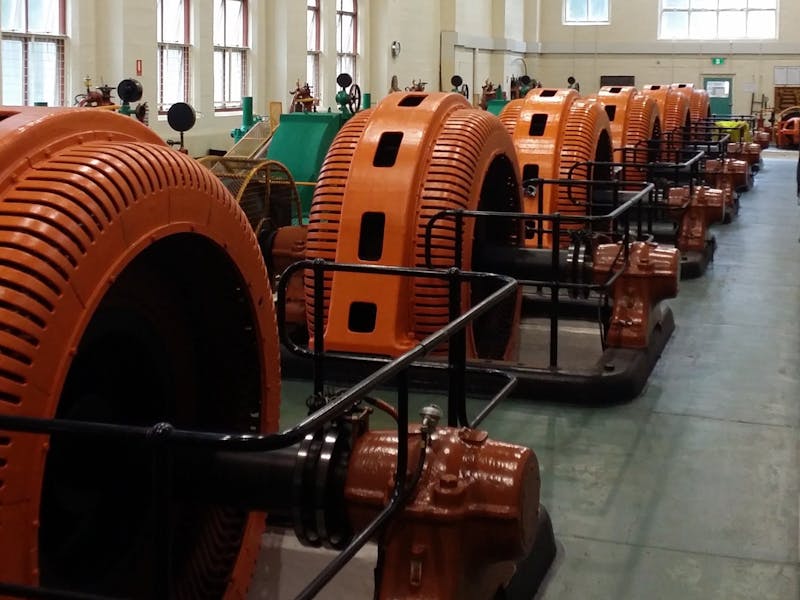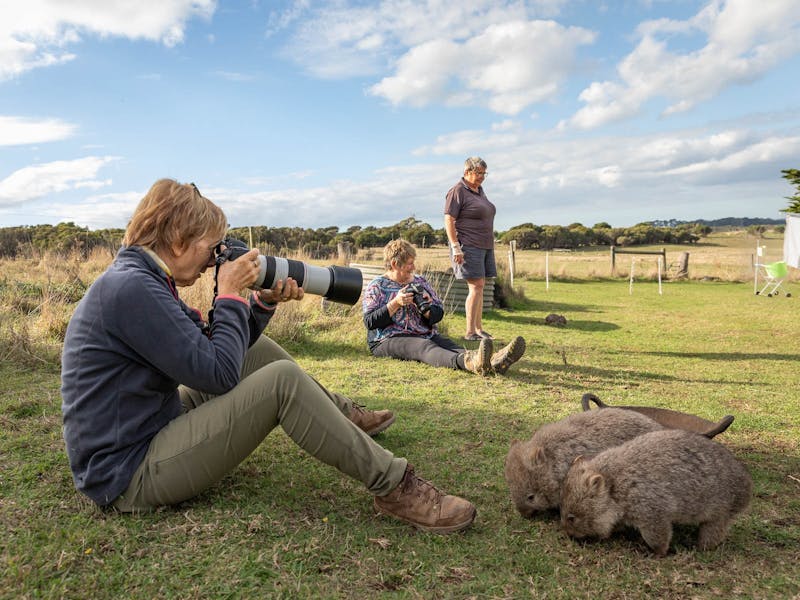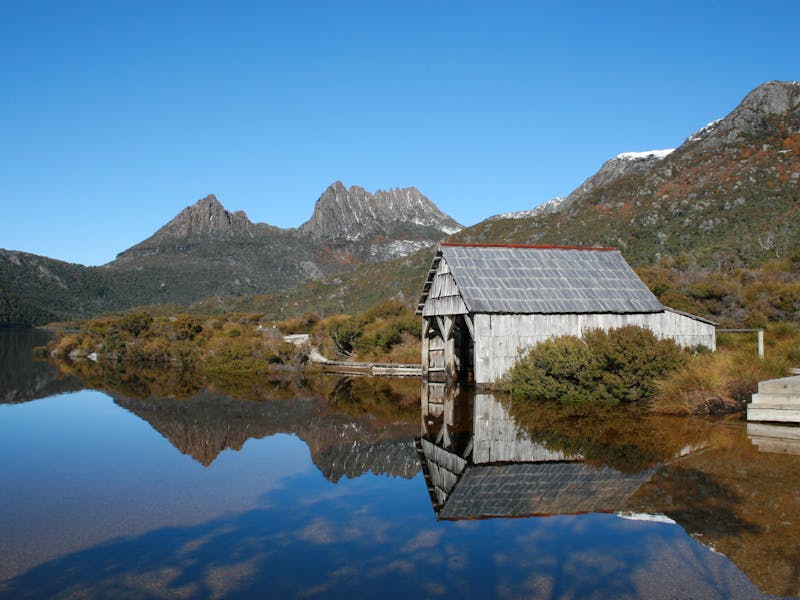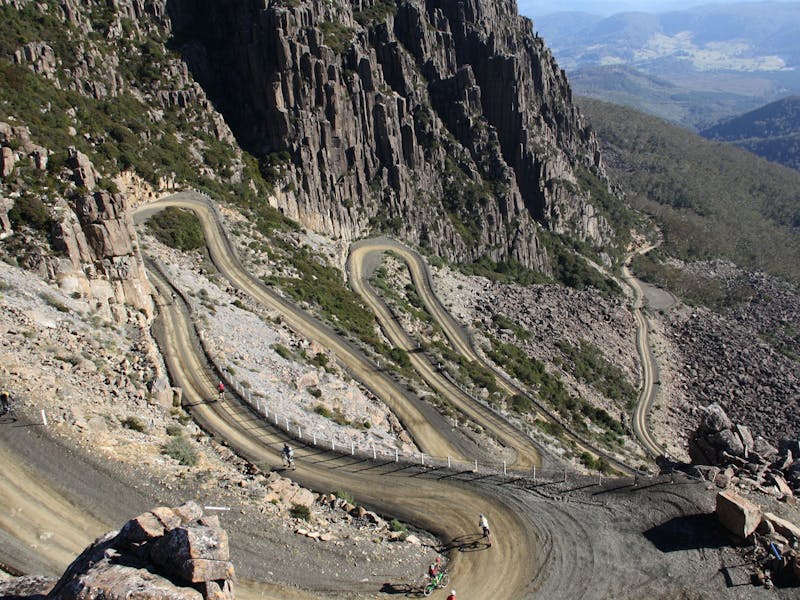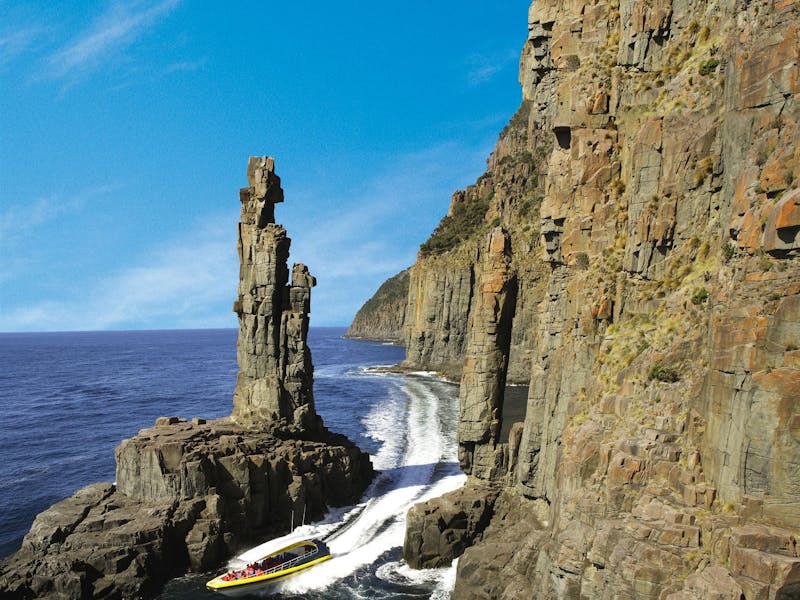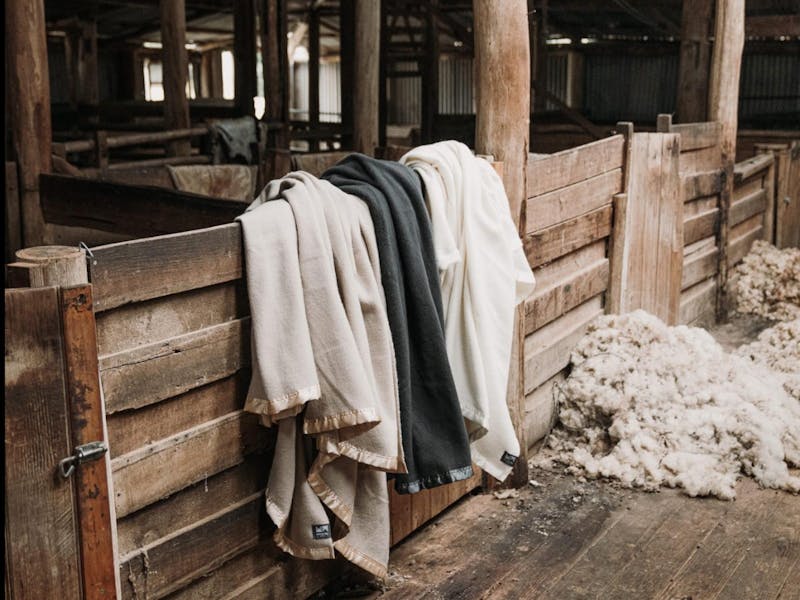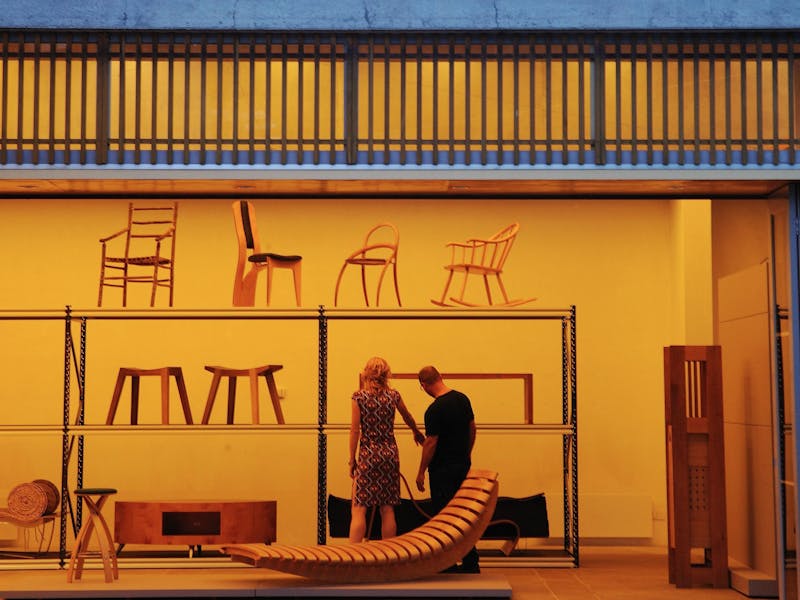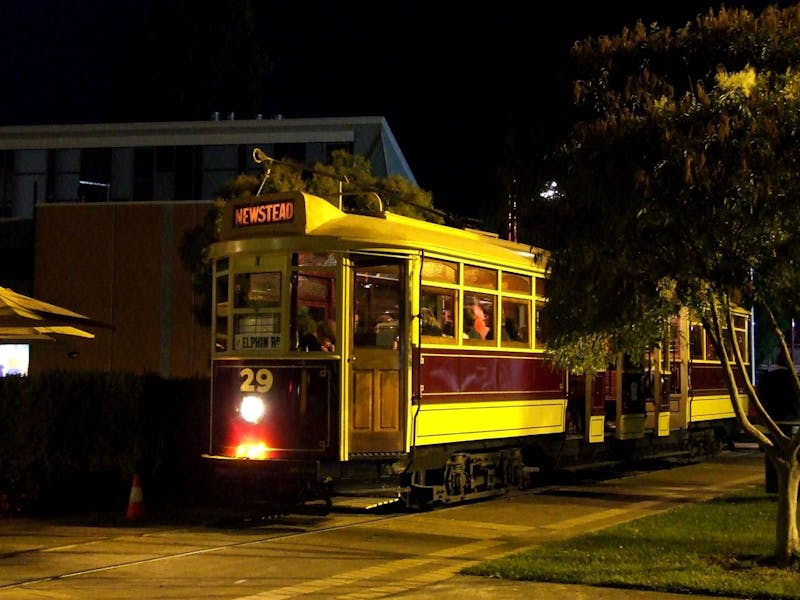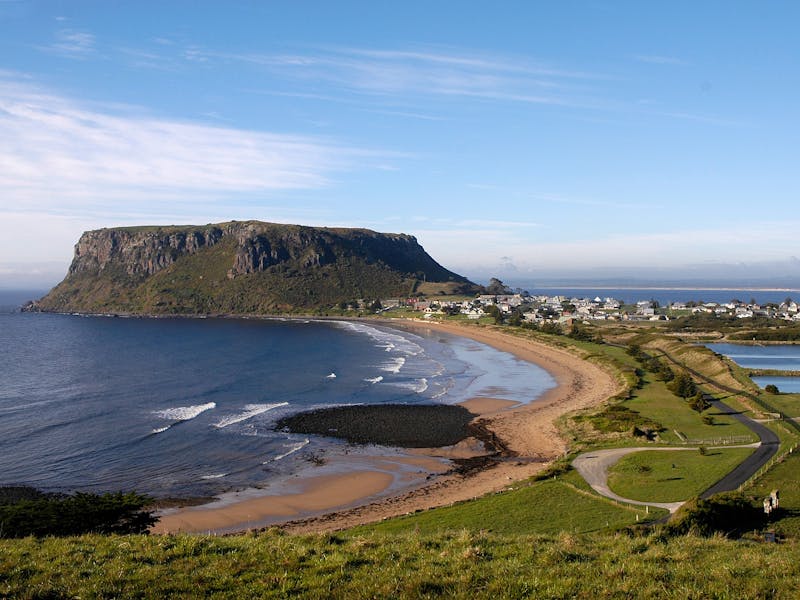
Tasmania's heritage buildings are more than just a pretty backdrop for an island getaway.
For those with an interest in history, these impressive historic structures are a key to unlock Australia’s architectural and colonial past.
Highfield Historic Site
In Tasmania's north-west, Highfield Historic Site is a vision of genteel farming life with views of The Nut, the seaside town of Stanley, and of Bass Strait. Around the Regency-style home are convict barracks, a chapel, barn, stables and ornamental gardens.
Highfield was established in 1826 by Edward Curr, the chief agent of the Van Diemen's Land Company, with later additions made by renowned colonial architect John Lee Archer. 143 Green Hills Rd, Stanley.


Woolmers Estate and Brickendon
In the northern midlands, the neighbouring pioneer farming estates of Woolmers and Brickendon are both World Heritage-listed convict sites, and regarded as two of the most significant rural estates in Australia.
Both properties have convict-built buildings and heritage gardens set within operational farms – a living link between early European settlement and the present day. Woolmers Estate, 658 Woolmers Ln, Longford; Brickendon, 236 Wellington St, Longford.
Clarendon Estate
On the banks of the South Esk River, Clarendon is a magnificent three-storey Georgian house unlike anything else in Australia. Its grand facade flanked by towering columns is reminiscent of an antebellum plantation mansion.
The home was built in 1838 by convicts for wealthy wool grower and merchant James Cox, who later played a key role in the abolition of convict labour. The site includes servant quarters, farm buildings, a walled garden and an avenue of elms. 234 Clarendon Station Rd, Nile, near Evandale.


Franklin House
This convict-built home is surrounded by a charming Victorian kitchen garden featuring a 180-year-old oak tree. The house was once home to Launceston businessman and ex-convict Britton Jones and became one of the colony's leading private schools between 1842 and 1866. 413/419 Hobart Rd, Youngtown.
Entally Estate
Entally Estate was once the grain basket of Sydney, supplying food to the rapidly growing colony. It was built in 1819 for Thomas Reibey II, the son of Mary Reibey, who appears on Australia's $20 note. The beautiful Regency-era home includes formal gardens and Australia's oldest conservatory, chapel and carriage house. The estate is also a commercial vineyard, producing Entally Estate Wine. 782 Meander Valley Rd, Hadspen.


Theatre Royal
Hobart's Theatre Royal is the oldest continually operating theatre in Australia – a living treasure of theatrical history. It opened in 1837, amid the brothels, public houses and humble workers’ cottages of Old Hobart Town, to provide diversion for the growing colony.
The building was designed by industrialist Peter Degraves, the founder of Cascade Brewery, and built with convict-carved stone. The Theatre Royal has been saved from demolition, fire and disrepute by advocates including Sir Laurence Olivier and Noel Coward. 27-29 Campbell St, Hobart.
Gaiety Theatre
Built in 1898 during Tasmania's mining boom, the Gaiety Theatre was considered one of the best theatres in Australia. Today it's one of the few places in the world with daily screenings of silent films. The theatre is part of a cluster of impressive buildings in Zeehan that comprise the West Coast Heritage Centre, which tells the story of the region’s rich pioneering past. 114 Main St, Zeehan.
Paragon Theatre
The Paragon Theatre is an original Art Deco cinema that opened in 1933, in the heyday of “talkie cinema”' when starlets such as Mae West graced the silver screen. Cinema buffs can take a self-guided tour to see the original carbon-arc projectors, movie posters and memorabilia from the golden years of cinema. 11 McNamara St, Queenstown.
Launceston Gasworks
Built of sandstone and local bricks in 1860, the gasworks is part of Launceston's old industrial precinct, now transformed into studios and eateries behind charmingly faded vintage facades. At the top of the gasworks’ striking horizontal retort building, fancy brickwork spells out “cook with gas”. And nearby is the steel frame of the gasometer, where gas was once stored. 2 Willis St, Launceston.
Cape Bruny Lighthouse
First lit in 1838, Cape Bruny Lighthouse is the longest continually staffed lighthouse in Australia. It was commissioned in 1835 by Governor George Arthur after a series of shipwrecks along Cape Bruny's treacherous coastline. The lighthouse was built of locally quarried dolerite by a team of 12 convicts under the supervision of former convict Charles Watson. It’s the only lighthouse in southern Tasmania open for tours, offering the chance to climb the cast-iron spiral staircase to its balcony for a vast ocean view. 750 Lighthouse Rd, South Bruny Island.


Arthur Circus
Battery Point is Australia's best-preserved colonial-era suburb, the only place you can stroll entire streets of well-preserved heritage-listed workers’ cottages, merchant-class mansions and stone churches that date to the earliest days of Old Hobart Town. Arthur Circus, Battery Point, Hobart.

Launceston Umbrella Shop and General Post Office
Launceston's Old Umbrella Shop is one of the last surviving retail experiences of the early 1900s. It began life as a grocery shop in the 1860s, before it was refitted as an umbrella shop in 1918. Very little has changed since. National Trust Old Umbrella Shop, 60 George St.
Just around the corner, Launceston's grand General Post Office continues to offer postal services amid Queen Anne architecture. The post office was built between 1886 and 1899; its stout tower (nicknamed the pepper pot) was added a few years later, and the clock installed just in time for Launceston’s centenary in 1906. Launceston Post Shop, 68-72 Cameron St.

